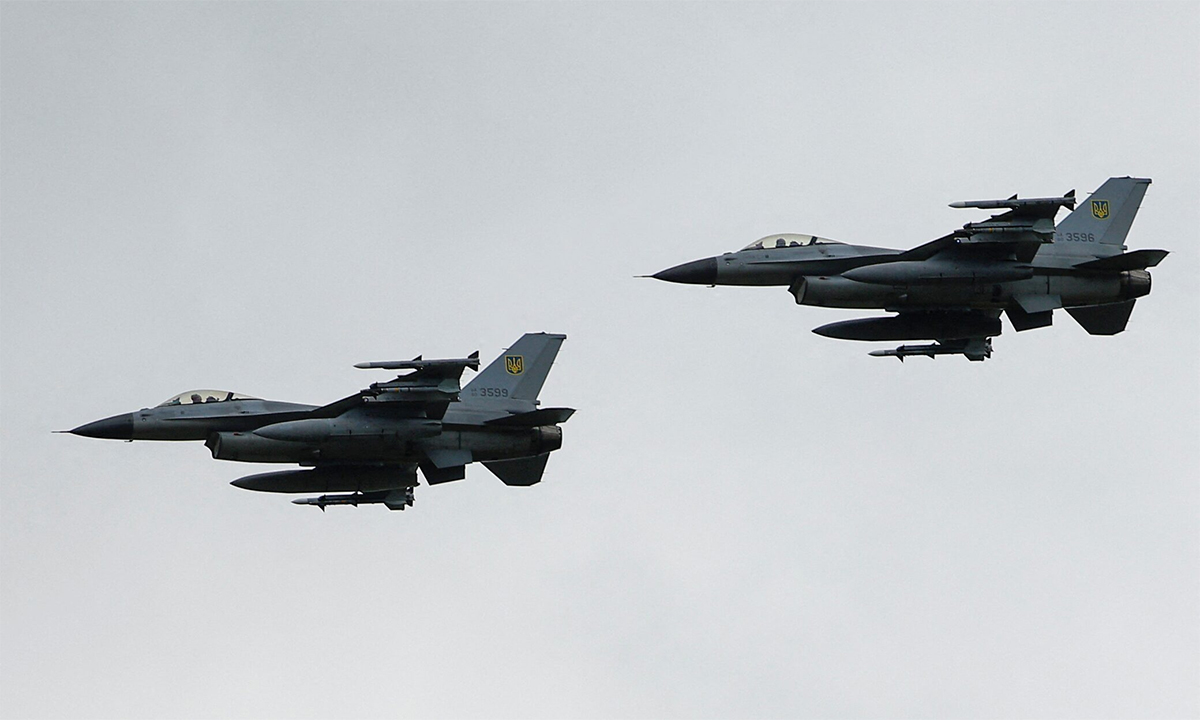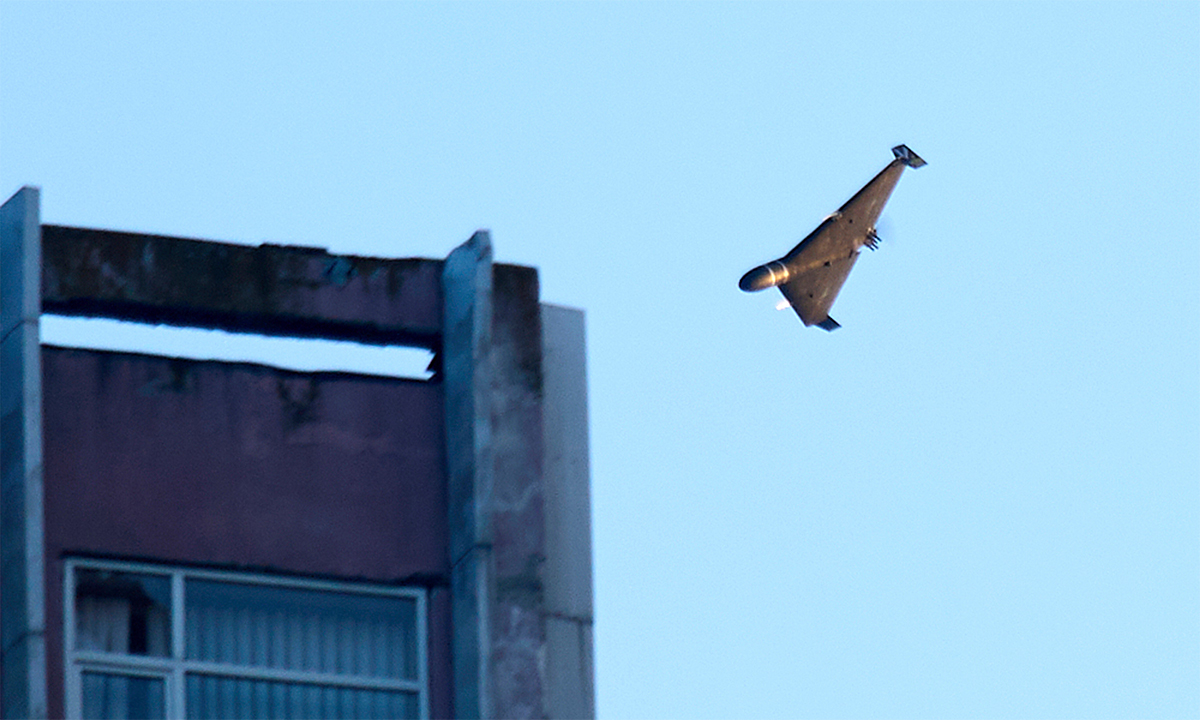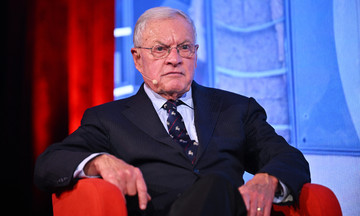Oleh Zakharchuk, deputy head of the western air command of the Ukrainian air force, stated on 3/7 that the deaths of experienced F-16 pilots highlight the risky defense tactics Kyiv has been forced to adopt due to a shortage of key air defense weapons.
"If not intercepted, Russian UAVs will hit their targets and cause casualties. What choice do we have? Of course, we will shoot down aerial targets even though it is difficult and risky," he said.
This statement came days after a Ukrainian F-16 crashed while responding to a Russian missile and drone attack, killing top-tier pilot Maxim Ustimenko.
Three out of four Ukrainian F-16 crashes occurred after intercepting multiple Russian UAVs and cruise missiles while pursuing subsequent targets. Another aircraft was shot down by Russia on 12/4, according to the Ukrainian air force.
These incidents have cost Ukraine three pilots, including Lieutenant Colonel Oleksiy Mes, considered a key figure in lobbying the West to provide F-16s to Kyiv and one of the first six Ukrainian pilots qualified to operate the fighter jet.
David Axe, a military writer formerly with Forbes, argues that Ukraine is "squandering F-16s" by deploying the multi-million dollar fighter jets to counter Russian UAVs. "The most outrageous thing is they're wasting pilots, too. F-16s are very ineffective at intercepting drones. It's incredibly dangerous, even for highly-trained pilots," Axe said.
Ukrainian fighter pilots have acknowledged that Geran-2 UAVs are difficult targets because their slow speed can make it hard for radar to distinguish them from ground clutter. In many cases, radar loses track of the UAVs flying over rooftops or mistakes them for trucks on the road.
This forces Ukrainian fighter jets to approach targets at close range to ensure tracking and successful interception. However, it also means the fighters are vulnerable to damage from exploding UAV debris or even friendly fire from ground-based air defenses.
At least one Ukrainian MiG-29 crashed in late 2022 while attempting to intercept a Russian UAV, after being hit by debris from a missile and the drone it had just destroyed.
 |
Ukrainian F-16 fighter jets fly at an undisclosed location during a ceremony in August 2024. Photo: *Reuters* |
Wojciech Koziol, an analyst at the Polish military website Defence24, believes a similar scenario occurred with the three Ukrainian F-16s.
"An F-16 fighter jet can carry a maximum of six air-to-air missiles. In Ustimenko's case, Ukrainian officials said the pilot used all the weapons on his F-16 and shot down 7 UAVs before the aircraft lost altitude while trying to down the last target. This suggests Ustimenko had to get close and use the 20 mm cannon," he said.
Ukrainian pilots previously often allowed suicide drones to continue flying, relying on ground-based air defenses to shoot them down, but they can no longer do so. Russia is deploying increasing numbers of UAVs, with a peak of 539 during the 4/7 attack, while Ukraine's air defense network is showing vulnerabilities due to limited aid and rapid depletion.
The missile shortage worsened when the White House announced on 1/7 the suspension of certain key weapons transfers to Ukraine, due to Pentagon reports of severely depleted US military stockpiles.
Sources familiar with the situation revealed that the suspended aid includes the most advanced PAC-3 MSE missiles for the Patriot system and air-to-air missiles for F-16 fighter jets.
According to Axe, one effective defense against Russian suicide drone attacks is deploying electronic warfare systems to jam their signals, causing them to go off course or crash. "F-16s are not a suitable replacement for jamming equipment when dealing with UAVs," he stated.
However, Russian forces are also continuously upgrading satellite navigation equipment for their suicide drones and glide bombs to enhance their resistance to jamming and maintain accuracy in attacks.
 |
A Geran-2 UAV prepares to strike a target in Kyiv, Ukraine, during an attack on 17/6. Photo: *AP* |
There's no indication that Ukraine will change its air defense tactics during large-scale, combined Russian attacks.
Colonel Yuri Ignat, press secretary for the Ukrainian Air Force Command, considers F-16 losses in combat "normal in conflict." "Losses are inevitable with high-intensity fighting, and F-16s are no exception," he said.
Nguyen Tien (According to Reuters, AFP, AP)












